
The ultimate guide to biohacking with psychedelic and functional mushrooms
Mushrooms contain all manner of unusual compounds that can't be found elsewhere in nature. Some people think that we can put these to good use and "biohack" our brain's and bodies, leading to increased well-being and optimised performance. Here, we're looking at how to do that.
Mushrooms, both psychoactive and nootropic, can be used to influence the ways your mind and body works. In current lingo, this can be known as “biohacking”. While some may resist this type of language, the principle of utilising the compounds found in mushrooms to affect our mental and physical health is sound.
Here, we're looking at how to use psilocybin-containing and non-psychoactive shrooms to potentially improve well-being and optimise health.
Shroomshop
Zamnesia's Shroomshop stocks a wide variety of magic truffles, mushroom growing kits, spore prints, and more.
Biohacking and mushrooms

Biohacking basically means optimising bodily processes to achieve certain goals. For some people, it is the same as being generally fit and healthy. In the context of mushrooms, it involves introducing compounds into the body in order to change the way it operates. But it needn’t necessarily incorporate external stimuli; biohacking can also involve techniques such as meditation, breathwork, and certain forms of exercise.
Understanding psychedelic and functional mushrooms
Let’s take a brief look at two distinct categories of mushrooms: psychedelic and functional.
Biohacking with psychedelic mushrooms
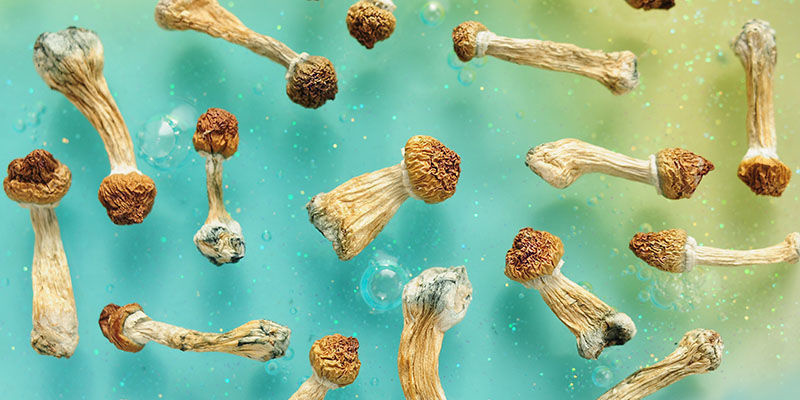
First off, let’s discuss the use of psychedelic mushrooms for biohacking. Here, we’re talking about psilocybin-containing mushrooms, rather than other species of hallucinogenic shrooms, such as those that contain muscimol.
Psychedelic mushrooms (magic mushrooms) contain compounds, such as psilocybin and psilocin, that interact with the brain and body and, at high enough doses, can cause euphoria, altered perception, and a slew of other psychoactive effects. Even at low doses they are thought to exert some effects, though these can’t accurately be described as a “high”.
These drugs, at varying doses and taken at varying frequencies, are used by many people to enhance their lives, and this could be described as biohacking. Some of the purported benefits of psilocybin-containing mushrooms include neuroplasticity, emotional regulation, and increased focus and productivity.
Biohacking with functional mushrooms
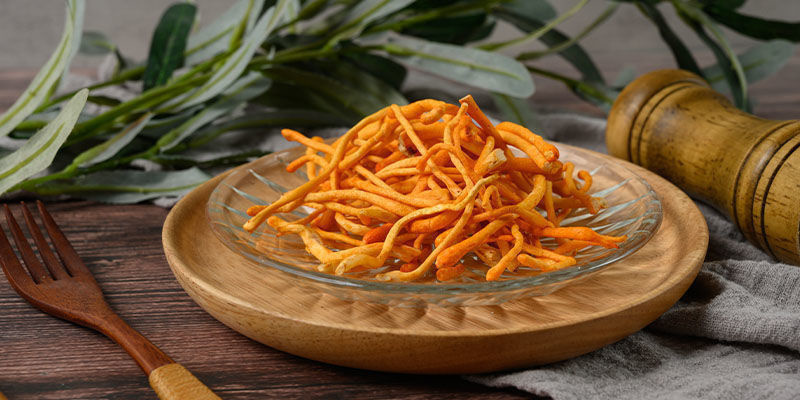
As well as using psychedelic mushrooms for biohacking, people also use functional (sometimes called nootropic) mushrooms. These don’t get you high, but they can still have beneficial effects.
Functional mushroom is a loose term, but it generally describes non-psychedelic mushrooms that offer potential benefits including immunomodulation, increased energy, cognitive enhancement, and so on. Below, we’ll discuss the following functional mushrooms: lion’s mane, cordyceps, reishi, and chaga.
Though these mushrooms have long been used in traditional East Asian medicinal practices, modern medicine has neglected them and, as such, their efficacy is uncertain. Still, we can examine their potential using the information we do have at our disposal.
The science behind mushrooms and biohacking

Psilocybin binds primarily to the brain's serotonin 5-HT2a receptors, and it is through this mechanism of action that it is thought to exert most of its effects. Functional mushrooms contain thousands of potentially beneficial compounds. One group of compounds that is the subject of significant research are polysaccharides. These are unusual molecules that interact with the body in numerous, potentially beneficial ways.
Risks and considerations with mushroom biohacking
There are some risks associated with biohacking using magic mushrooms. Generally, they are very safe, but you can mitigate the risks even more by considering set and setting. In short, this means understanding when you are and aren’t in the right mindset to take them, and knowing what the appropriate environments are.
The side effects of psilocybin are minimal and should wear off within a matter of hours. They include:
- Nausea
- Stomach cramps
- Anxiety
- Racing thoughts
- Confusion
- Sweating
There aren’t any serious risks associated with using functional mushrooms, apart from rare allergies. The main consideration is quality. There are many sellers out there, and it’s not uncommon for them to use poor extraction techniques and create impure products with low bioavailability. Find a reputable brand, preferably one that seems to understand how these products actually work, and invest in high-quality products.
How to use psychedelic mushrooms for biohacking
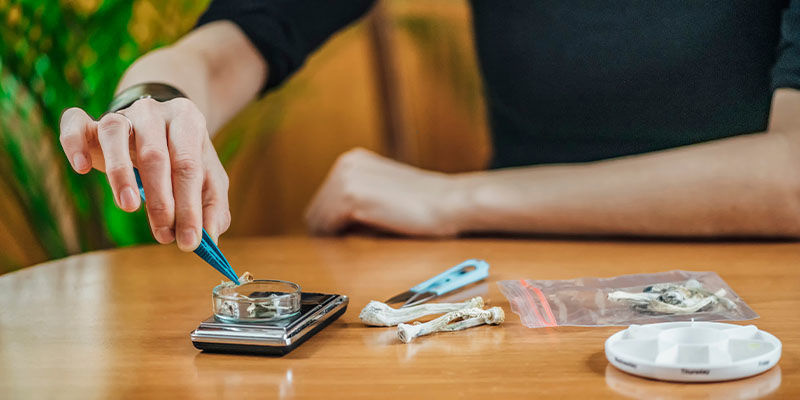
Psychedelic mushrooms can be taken in large or small quantities when it comes to biohacking. Some people prefer to take occasional large doses, while others prefer frequent small (micro) doses.
If you’re in the former camp, it will be up to you to find a routine that works—e.g. taking a larger dose once every three months, every two months, etc.
When it comes to microdosing, there are some more specific protocols you can follow. The most common is to take one-tenth of a normal dose (say, 0.1 grams) on day one, take nothing on days two and three, and then start again. This three-day cycle can be continued for as long as you like, and adjusted as you see fit. Keep in mind that you should dose early in the day, as even low doses might disrupt your sleep if taken later on.
The cognitive and emotional benefits of psychedelic mushrooms
Shrooms are very popular these days, and there’s an ever-growing body of evidence to support the idea that these mushrooms can be beneficial. That being said, many of the findings are often taken out of context and amplified. So before we go any further, it’s worth pointing out that, despite their name, these organisms are not magical. They can have incredible benefits for some people, but those benefits aren’t a given, and many of them require users to be motivated to change their lives.
- Neuroplasticity: Certain studies indicate that psilocybin may increase neuroplasticity (Calder and Hasler, 2023). This essentially means that the brain’s ability to grow new pathways, and overwrite old, rigid ones, increases.
- Emotional effects: It’s no secret that all psychedelics make for a wild emotional ride. However, increasing evidence suggests that magic mushrooms may be able to influence emotional disorders such as depression and anxiety (Watford and Masood, 2024). There are many theories surrounding exactly why these effects might occur, and some of them involve neuroplasticity. Others indicate that modulation of the brain’s default mode network (DMN) may change the way we perceive the world, in turn helping to alleviate symptoms.
- Microdosing for focus and productivity: Proponents of this practice claim that it increases emotional well-being, focus, creativity, and energy. While it’s not certain if and how this practice works, it has certainly gained popularity among a diverse population of individuals.
How to use functional mushrooms for biohacking
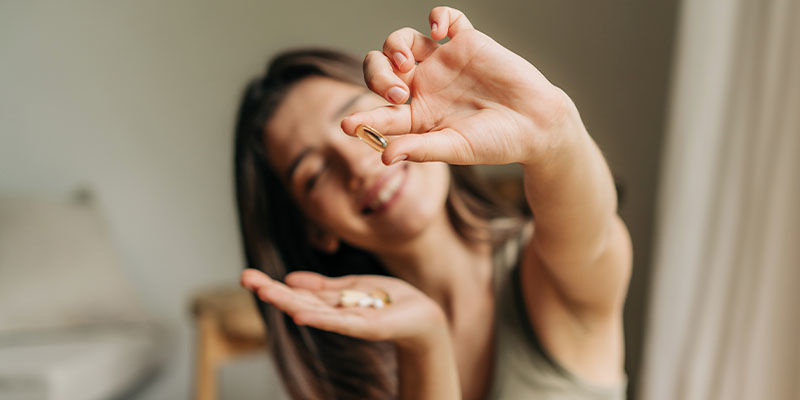
Unlike incorporating psychedelic mushrooms into your daily routine, incorporating functional nootropic mushrooms is fairly straightforward. Most people will take supplements (capsules, tinctures, powder) in the morning, along with breakfast, or in a smoothie or tea.
Alternatively, people may take them in the evening. The timing doesn’t matter so much. What is more important is to take them every day, for a sustained period of time. In most cases, the benefits are only seen after weeks or even months of regular consumption.
Make sure you source high-quality supplements that are easily bioavailable so that you get the most for your money and efforts.
The cognitive and physical benefits of functional mushrooms
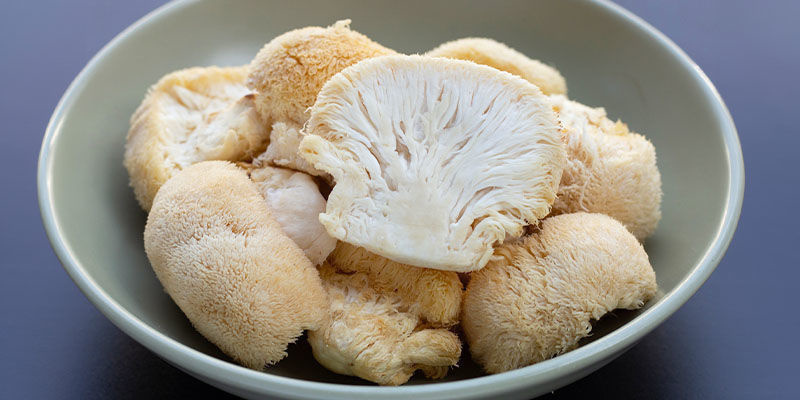
Though modern Western medicine has yet to verify their efficacy, we can take a look at what preliminary research says about the benefits of various functional mushrooms.
- Lion’s mane: This mushroom is thought to be able to support memory, focus, and brain health by promoting nerve growth factor (Szućko-Kociuba, 2023).
- Cordyceps: These are increasingly being used by athletes in hopes of boosting physical performance by improving oxygen utilisation and ATP (energy) levels (Hirsch, 2017).
- Reishi: Sometimes known as the “mushroom of immortality,” reishi won’t make you live forever, but it is being researched for is potential to support stress management and immune function (Ahmad, 2021).
- Chaga: Rich in antioxidants, it is thought to help combat oxidative stress, which may improve overall health (Lu, 2021).
Combining mushrooms with other biohacking techniques

If you want to get the most out of using mushrooms, then you shouldn’t expect them to work in isolation. You’ll likely achieve much better and faster results if you combine mushrooms with other practices, such as exercise, meditation, breathwork, yoga, and so on.
Most importantly, all of these activities slow your brain down and make you more present—which is one of the major benefits of using psychedelics too. Much of what people are searching for when they want to feel better, be more focused, or have more energy ultimately comes down to getting out of their thoughts and being in the moment.
To integrate psilocybin into your routine, you’ll need to carefully consider dosing and frequency. Will you microdose a few times a week, or trip infrequently? Both are valid, and the only way to know what works for you is to experiment.
If you can, work alongside a guide or therapist who is reputable and fits you and your goals. If you can’t do that, then do plenty of reading, reach out to the psychedelic community on and offline, and listen to yourself! The answers are somewhere in you, and if you can quiet yourself enough, you’ll hear them.
Biohacking with mushrooms: Nature’s gift
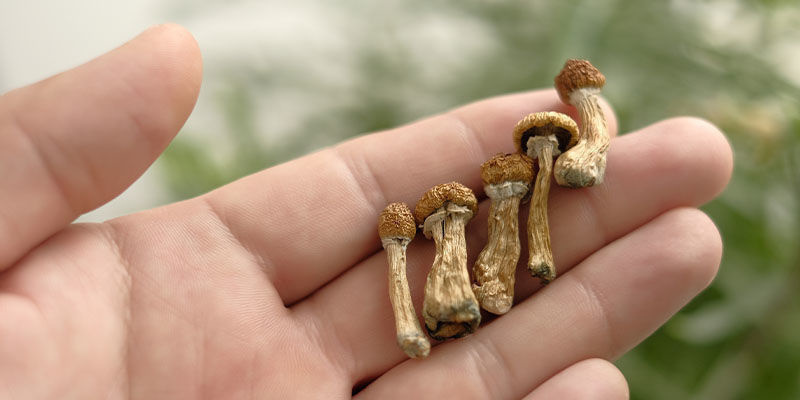
If nature created anything with biohacking in mind, then it was probably mushrooms. Whether psychedelic or functional, it seems these organisms can exert a range of effects on people when taken regularly enough and in the right ways. It’s not an exact science, and much of it comes down to personal biology and preference.
If using psychedelic mushrooms, then always remain aware that these are powerful drugs and should be treated with respect. Start low and listen to your mind and body—they’ll tell you whether to stop or continue.
Good luck in your biohacking quest!
- Ahmad R, Riaz M, Khan A, Aljamea A, Algheryafi M, Sewaket D, & Alqathama A. (2021 Nov). Ganoderma lucidum (Reishi) an edible mushroom; a comprehensive and critical review of its nutritional, cosmeceutical, mycochemical, pharmacological, clinical, and toxicological properties - https://pubmed.ncbi.nlm.nih.gov
- Calder, Abigail E., Hasler, & Gregor. (2023, January). Towards an understanding of psychedelic-induced neuroplasticity - https://www.nature.com
- Hirsch KR, Smith-Ryan AE, Roelofs EJ, Trexler ET, & Mock MG. (01/02/2017). Cordyceps militaris Improves Tolerance to High-Intensity Exercise After Acute and Chronic Supplementation - https://pubmed.ncbi.nlm.nih.gov
- Szućko-Kociuba I, Trzeciak-Ryczek A, Kupnicka P, & Chlubek D. (11/03/2023). Neurotrophic and Neuroprotective Effects of Hericium erinaceus - https://pubmed.ncbi.nlm.nih.gov
- Watford T, & Masood N. (02/29/2024). Psilocybin, an Effective Treatment for Major Depressive Disorder in Adults - A Systematic Review - https://pubmed.ncbi.nlm.nih.gov
- Yangpeng Lu, Yanan Jia, Zihan Xue, Nannan Li, Junyu Liu, & Haixia Chen. (2021 Apr 29). Recent Developments in Inonotus obliquus (Chaga mushroom) Polysaccharides: Isolation, Structural Characteristics, Biological Activities and Application - https://pmc.ncbi.nlm.nih.gov
-
 4 min
12 December 2024
Do Mushrooms Have Health Benefits?
Mushrooms: they're weird, they're wonderful, and it turns out they're really healthy too! Here we look at the varied health benefits of eating a range of edible mushrooms.
4 min
12 December 2024
Do Mushrooms Have Health Benefits?
Mushrooms: they're weird, they're wonderful, and it turns out they're really healthy too! Here we look at the varied health benefits of eating a range of edible mushrooms.
-
 7 min
5 December 2024
Which Mushrooms Are Best To Eat?
Mushrooms are some of Earth's most compelling life forms. In this article, we're focusing on 11 of the healthiest mushrooms to include in your diet. Whether incorporated whole into meals or taken...
7 min
5 December 2024
Which Mushrooms Are Best To Eat?
Mushrooms are some of Earth's most compelling life forms. In this article, we're focusing on 11 of the healthiest mushrooms to include in your diet. Whether incorporated whole into meals or taken...
-
 3 min
26 June 2023
Using Magic Mushrooms For Studying: Does It Help?
When exam period approaches, it can be tempting to turn to drugs to assist us in our studies. But how can you use them in a way that actually helps? In this article, we delve into the topic of...
3 min
26 June 2023
Using Magic Mushrooms For Studying: Does It Help?
When exam period approaches, it can be tempting to turn to drugs to assist us in our studies. But how can you use them in a way that actually helps? In this article, we delve into the topic of...
-
 3 min
30 May 2016
Magic Mushrooms: The Real Philosopher's Stones?
There is a lot of evidence out there to suggest that the philosopher’s stone is real, it's just not what most people have come to expect.
3 min
30 May 2016
Magic Mushrooms: The Real Philosopher's Stones?
There is a lot of evidence out there to suggest that the philosopher’s stone is real, it's just not what most people have come to expect.
-
 2 min
13 July 2015
The Mushroom - Our Extraterrestrial Friend From Outer Space?
We know it sounds crazy, but there is biological reasoning to back the theory up!
2 min
13 July 2015
The Mushroom - Our Extraterrestrial Friend From Outer Space?
We know it sounds crazy, but there is biological reasoning to back the theory up!
-
 1 min
11 December 2014
Magic Mushrooms And The Hyper-Connected Brain
Scientists just made a major discovery about the brain on psychedelics.
1 min
11 December 2014
Magic Mushrooms And The Hyper-Connected Brain
Scientists just made a major discovery about the brain on psychedelics.













 United States
United States











